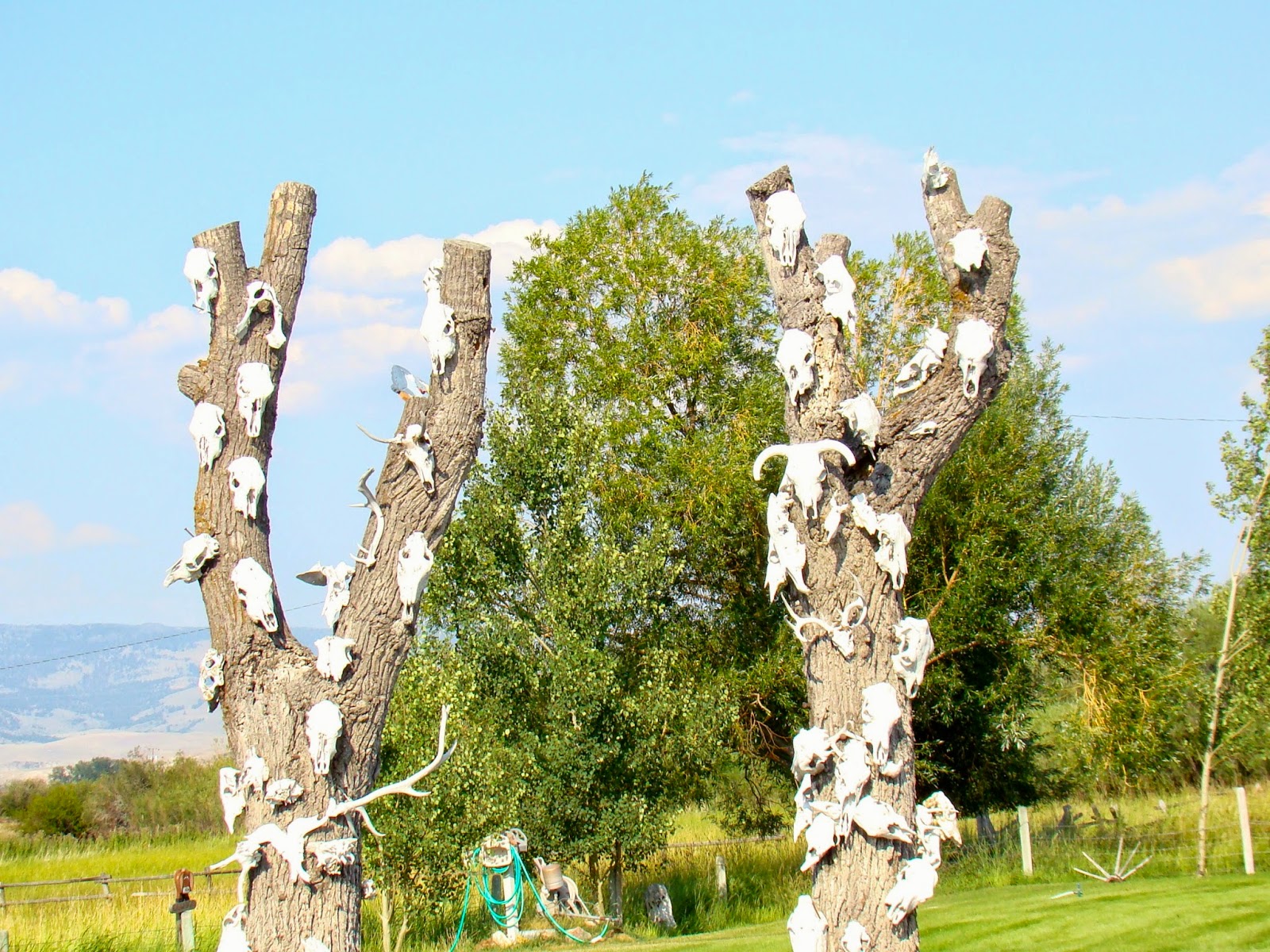Knowing that in a couple of days we'd have some really cold weather, we took a drive on our day off a few miles up Mullan Road west of Missoula. We wanted a short hike to see the last of the autumn leaves along the lazy Clark Fork River. Council Grove State Park contains
large, old-growth ponderosa
pines, grassy fields by the park picnic
area, and cottonwoods along the Clark Fork. In 1855, on this site, Isaac Stevens negotiated the Hellgate
Treaty between the U. S. government and the Salish, Kootenai, and Pend
d'Orielle Indians to create the Flathead Reservation. The treaty was
signed here on
July 16, 1855.
The
park is peaceful and somewhat off the beaten path. There is the big sign telling about the treaty, a few
picnic tables, and inviting trails along the river. The water is
particularly low at this time of year as it meanders slowly downriver.
The view upriver — we were here a few years ago when the Clark Fork was overflowing the banks and rushing wildly along, full of spring runoff.
It was sunny in the park, but off to the northwest the Mission Mountains looked dark and chilly. We had hoped to see an eagle in the tall ponderosa pines, and though we were not so fortunate, we did see an empty nest high up in an old dead tree.
We may not have seen any wildlife at the park, but on the way home we were watched by this curious mule, standing up on a knoll overlooking the road. All in all, it was a happy afternoon of exploring and enjoying nature.



















































